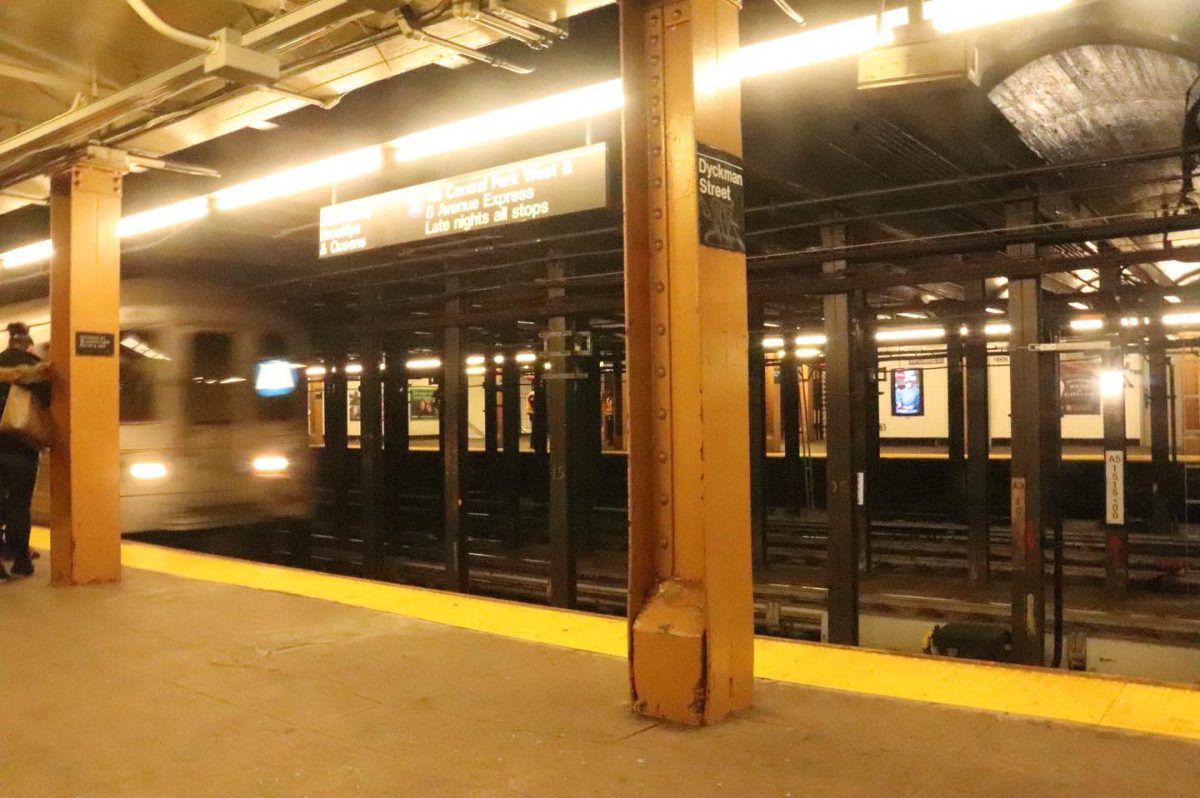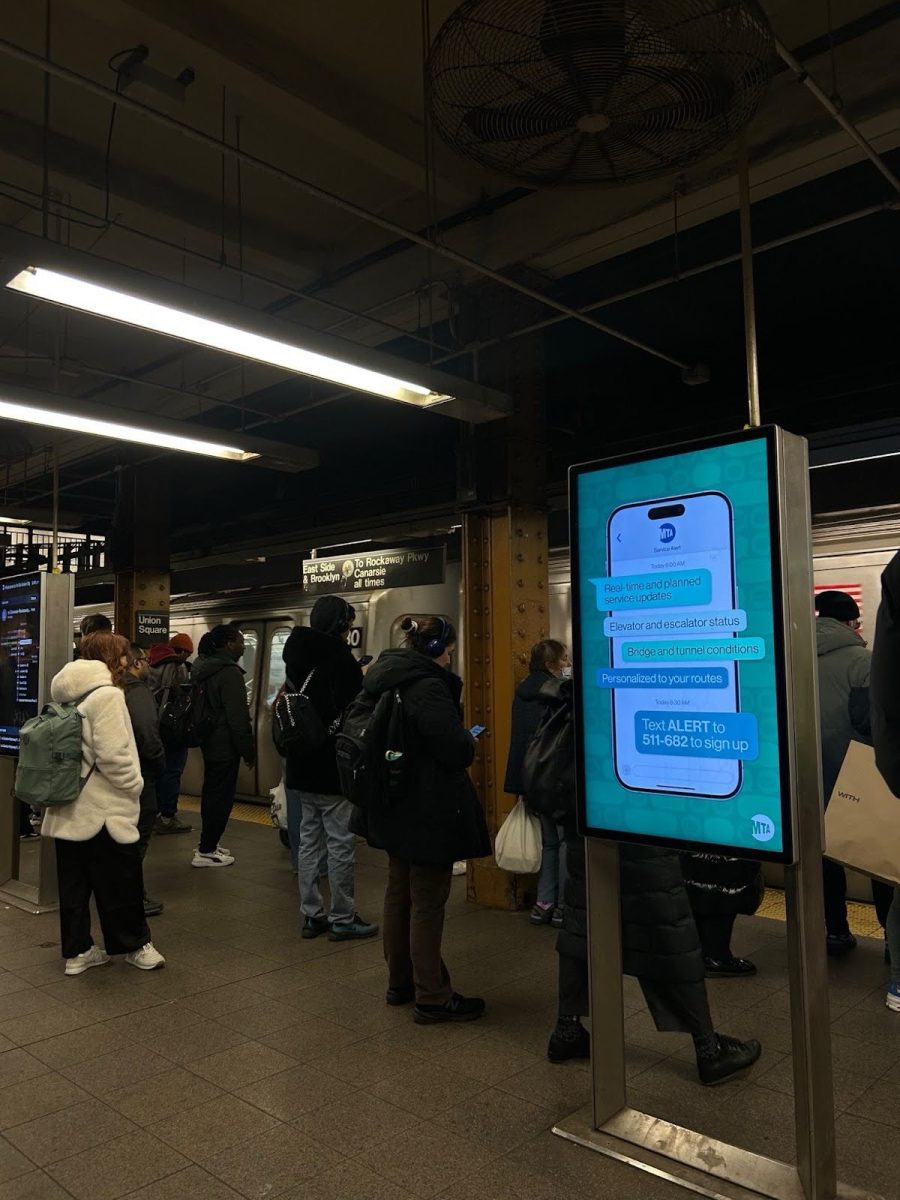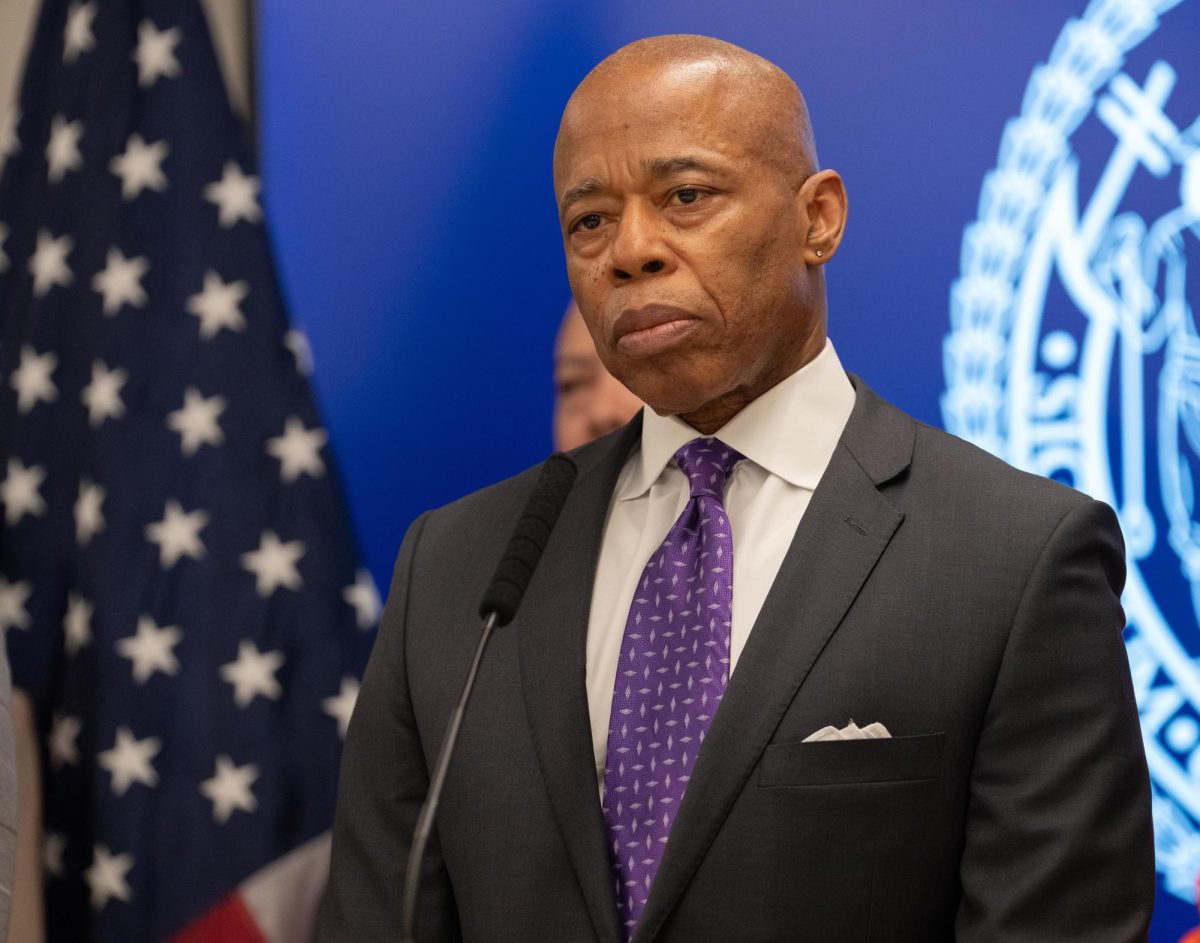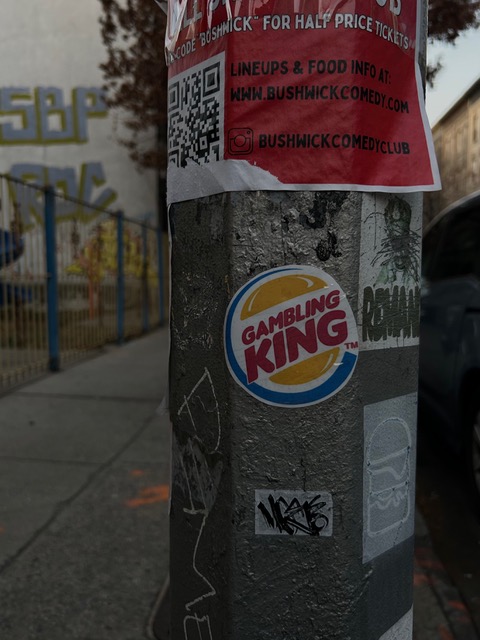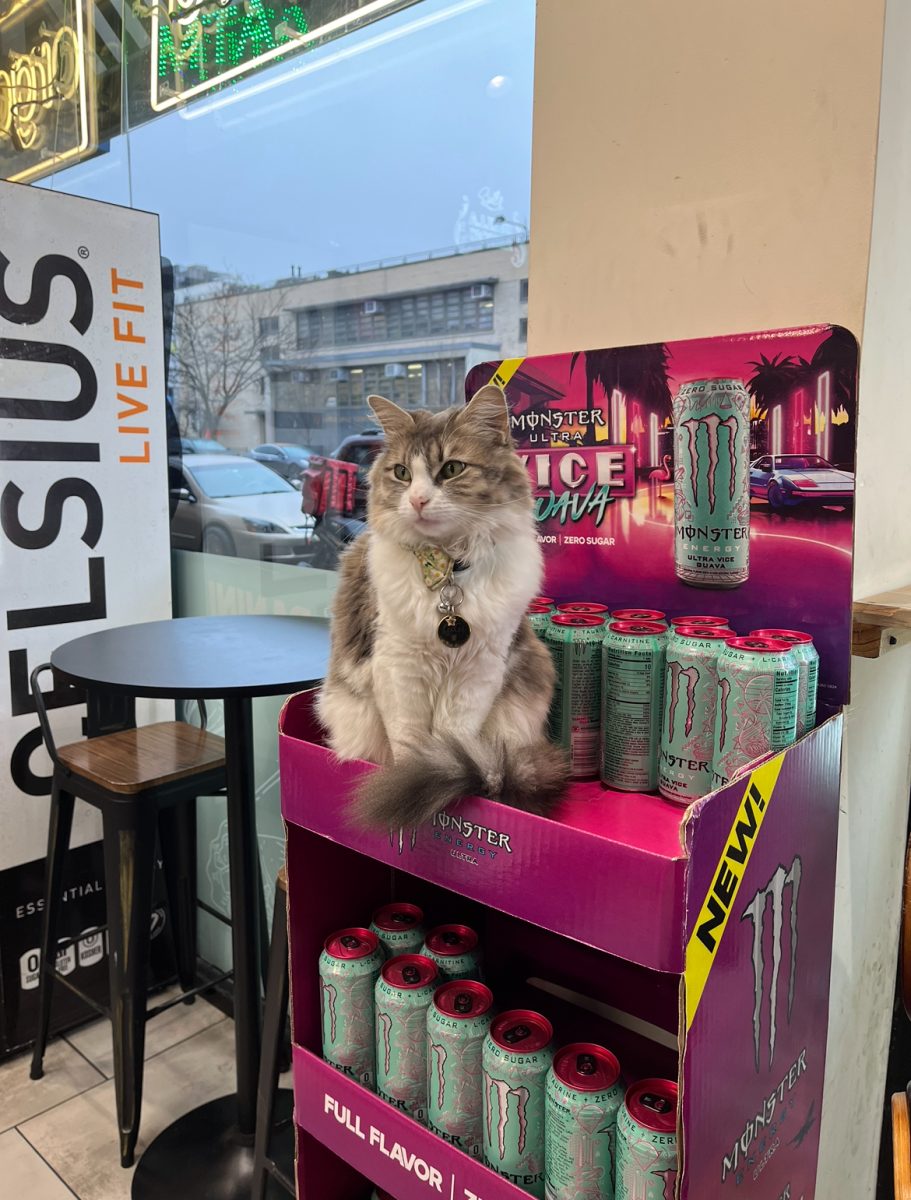Gunshots rang out in a crowded Brooklyn subway after an aggressive man was shot with his own gun on March 14th, 2024.
A New Yorker was fatally pushed onto the tracks in front of an oncoming train in East Harlem on March 29th, 2024.
Across social media, women are reporting being randomly punched by strangers in Downtown Manhattan.
New Yorkers often just brush past the subway violence they see on their daily commute and laugh it off as a story to share at a dinner with friends. However, with the recent uptick in subway violence stories being reported in the media, New Yorkers are waking up to the reality of the dangers waiting for them in the New York City subway system.
John Jay College of Criminal Justice students, who attend classes from all five boroughs as well as New Jersey, often do not feel safe in their daily commutes.
Miray Ayar, a junior majoring in criminal justice, only feels somewhat safe on the train. “I don’t find the trains safe due to the recent news that has been happening on the trains,” said Ayar.
Ayar recently started carrying self-defense tools in reaction to these recent news events.
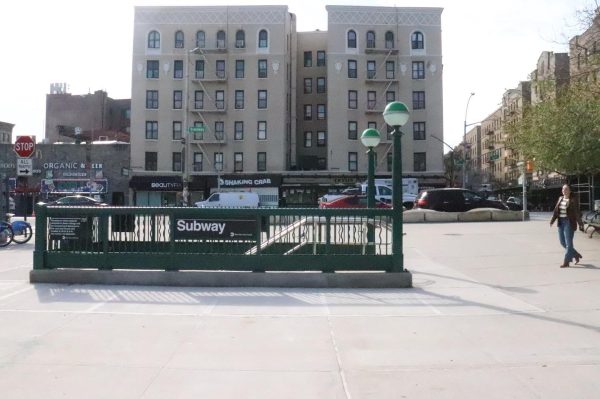
Another student, Natasha Santana, a senior majoring in anthropology, carries a knife if she is on the train past 10 p.m.
Santana, who commutes to John Jay from Washington Heights, shared a story that proves her fears of the train are not unwarranted. “I remember one time a guy was standing above me and he was visibly getting ‘hard,’” Santana said, ” He made sure to proportion himself in my view.”
After Santana moved away from the creep, the man followed her from the car they were sitting in as she pretended to leave for her stop. Luckily, Santana made it to the neighboring car before the train doors closed.
A pane of glass separated her from the man who exposed himself to her. “Then he just stared and laughed at me as the train speed off,” said Santana.
Alain Poma, a sophomore majoring in philosophy, commutes to John Jay College from Staten Island.
Poma fears the “train stopping, as it often does” because his mind immediately strays to thoughts of: “something might happen on the train.” Whether the something that happens is the unknown cause of the train’s stopping or the unpredictability of the people trapped on the train with him—in situations such as this, Poma often reacts by “attempting to blend in” and avoiding attention to himself.
Poma had a troubling experience on the train a couple of weeks ago.
While traveling downtown on the 2-Train around 8 p.m., Poma witnessed a man swinging a pole as tall as the train (which appeared to be one of the poles you would typically use to stabilize yourself on the train) around his train car like a lightsaber.
The students interviewed for this article shared that they prefer not to travel in the early morning or late at night due to the unpredictability of events and safety at these times.
Min Pyae Sone, a senior majoring in forensic psychology, shared that his commute is generally reliable and safe at the times he travels (he avoids early morning or late night travel). But, Sone shared that he is never sure of what he might experience during his commute. “You just don’t know,” Sone stated.
Several weeks ago, Sone’s 3 p.m. commute was adversely affected when a person was struck by a train along the route to his home in Brooklyn. Sone was unsure if this person jumped onto the tracks or was connected to the recent incidents of pushings occurring at subway stations across NYC.
That same day, when he arrived home around 5:30 p.m., Sone’s roommate also informed him that another person was struck on the G-line.
When thinking of possible fixes to the NYC subway safety problem, a great way to address the issue would be to “increase mental health management in the city, or make women-targeted crimes more punishable” said Santana.
“The subway is an open reign to all crimes imaginable and I feel safer when the environment itself is well respected or a priority because New Yorkers and women depend on public transportation every single day. I hope to see in the future, railing protectors for suicide prevention, scanners for weapons, or even more priority on safety than fare evasion!” Santana further stated.
While, when asked about how he would like to see subway safety addressed, Poma shared that he believes combating fare evasion and the implementation of security cameras in subway cars are viable ways to limit criminal acts—like those seen with the Jedi he interacted with on the 2-Train.
However, Poma also commented that an increase in cameras could lead to privacy concerns from New Yorkers.
The public safety issue in the NYC subway system is far from out of the public eye—but just how long will it be before it is finally solved, and how can the city go about solving it? “How safe can we make a subway system without it being paralyzing to our freedoms in a city like New York?” said Santana. “It is a fine line between either safety or a policed state.



